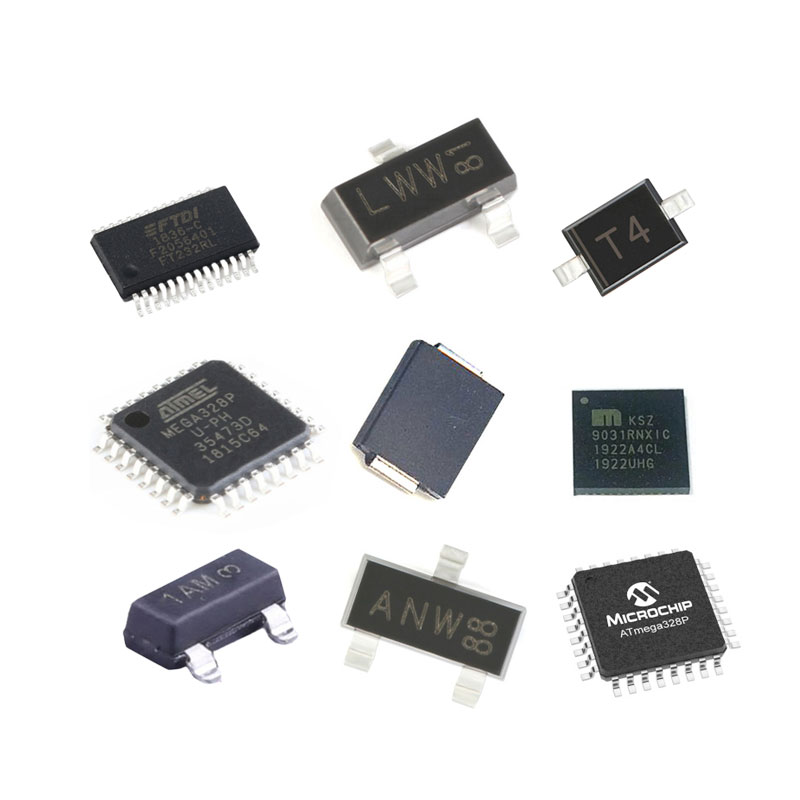
A signal amplifier is a device used to enhance electronic signals. In the field of electronics, signal amplifiers are often used to extract weak signals from sensors or other electronic devices and amplify them into a measurable or processable range. Therefore, signal amplifiers play a very important role in many applications. This article will introduce in detail how to connect the signal amplifier, as well as precautions and usage suggestions.
1. Select the appropriate signal amplifier
Before you start connecting your signal amplifier, you need to decide what type of amplifier you want to use. Different types of signal amplifiers are suitable for different types of signals. For example, a low-noise amplifier (LNA) is suitable for signals with a low signal-to-noise ratio, while a broadband amplifier is suitable for signals with a wide frequency band. Therefore, when choosing a signal amplifier, you need to choose the type of amplifier that suits your needs.
2. Connect the signal amplifier
The steps for connecting a signal amplifier depend on the type of amplifier you are using and your application needs. Typically, connecting a signal amplifier involves the following steps:
a. Determine the signal source: First, you need to determine the signal source you want to amplify and find the output port of the signal source.
b. Connect the input port: Connect the output port of the signal source to the input port of the signal amplifier. This usually involves using coaxial cable or other types of connectors.
c. Connect the output port: Connect the output port of the signal amplifier to downstream equipment, such as an oscilloscope, computer or other measuring instrument. This also usually requires the use of coaxial cables or other types of connectors.
3. Set the magnification
Once you have connected the signal amplifier, you need to set the amplification factor to determine how much signal amplification you need. Most signal amplifiers have adjustable amplification that can be adjusted by turning or sliding a control switch. Depending on the needs of the application and the strength of the signal source, you can gradually increase the magnification until the desired signal level is achieved.
4. Test signal amplifier
Before you start using your signal amplifier, you need to test that it is working properly. To do this, you can use a simple test signal source and connect it to the input port of the signal amplifier. Then, check the output of the signal amplifier with a downstream device, such as an oscilloscope or computer. If the output signal is correct, it means that the signal amplifier is working normally.
5. Adjust the signal amplifier
If you find that the signal amplifier's output signal is incorrect, further adjustments will be required. You can try increasing or decreasing the magnification, or check that the input and output connections are correct. You can also check whether the output level of the signal source meets the requirements of the signal amplifier.
6. Use a Signal Amplifier
Once you have connected and tested the signal amplifier, you can start using it to process and measure the desired signal. Be careful not to set the magnification too high, as this may result in over-amplification and distortion. In addition, you also need to avoid exposing the signal amplifier to excessive temperatures, as this may affect its performance and lifespan
Summarize
The above is a detailed introduction on how to connect the signal amplifier. Connecting a signal amplifier is an important task because it involves multiple steps and techniques. When connecting a signal amplifier, be sure to select the appropriate amplifier type and follow the correct steps for connection and setup. At the same time, usage recommendations and precautions need to be followed to ensure that the signal amplifier works properly and has optimal performance.
Eurotech is a worldwide supplier and exporter of electronic components, specializing in ICs, LCDs, Memory, Chips, computer parts, networking equipments and other passive components.
Tel: (86) 755 8395 9469
E-mail: info@eurotech-ic.com